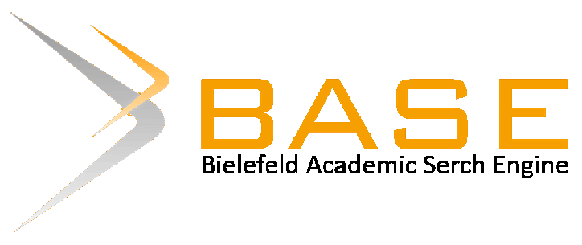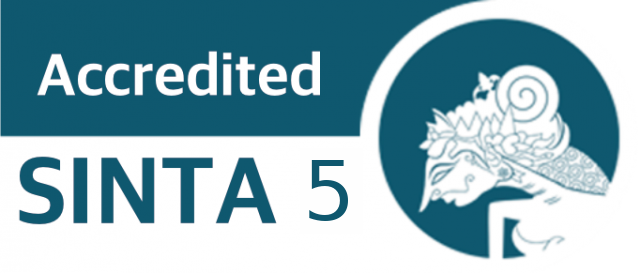Unveiling the Mineral Composition: Potassium and Magnesium Levels in Musa Paradisiaca L. Varieties from Medan's Traditional Markets Using Atomic Absorption Spectrophotometry
DOI:
https://doi.org/10.32734/idjpcr.v7i2.18109Keywords:
Banana, Potassium, Magnesium, Atomic Absorption SpectrophotometryAbstract
Bananas are rich in nutrients, particularly vitamin C, starch, sugar, fiber, and serve as an affordable source of vitamins, minerals, and energy for the community. The mineral content in fresh bananas includes zinc, selenium, phosphorus, manganese, iron, copper, and calcium. Consuming bananas for magnesium intake is particularly important. A single fresh banana contains 27 mg of magnesium. This study was conducted in the laboratory of the Faculty of Pharmacy using the Atomic Absorption Spectrophotometry (AAS) method, which is relatively fast and capable of measuring metal concentrations at low and specific levels for each element without requiring separation. The analysis results of potassium and magnesium in Ambon Bananas, Banten Bananas, Barangan Bananas, Kepok Bananas, Lilin Bananas, Mas Bananas, Raja Bananas, and Horn Bananas showed potassium levels of (367.1354 ± 1.4227) mg/100g; (412.7505 ± 0.9358) mg/100g; (386.6516 ± 0.6478) mg/100g; (413.2283 ± 0.6933) mg/100g; (405.5700 ± 0.7744) mg/100g; (417.1851 ± 0.5417) mg/100g; (374.8651 ± 0.6505) mg/100g; and (340.4262 ± 0.7292) mg/100g, respectively. The magnesium levels were found to be (44.2010 ± 0.1073) mg/100g; (57.9526 ± 0.0986) mg/100g; (45.9309 ± 0.0907) mg/100g; (82.8869 ± 0.2170) mg/100g; (79.2840 ± 0.0987) mg/100g; (59.1938 ± 0.0792) mg/100g; (76.8133 ± 0.0939) mg/100g; and (55.1193 ± 0.0734) mg/100g, respectively. The high potassium and magnesium levels found in this quantitative analysis indicate that bananas are highly beneficial for individuals with hypertension.
Keywords: Banana, Potassium, Magnesium, Atomic Absorption Spectrophotometry
Downloads
References
Almatsier, Sunita. 2004. Basic Principles of Nutrition Science. Jakarta: PT. Gramedia Pustaka Utama. Page:
-248.
Budiyanto, Agus Krisno. 2009. Basics of Nutrition Science. Malang: UMM Press. Page: 83
Ermer, J., and McB. Miller, JH 2005. Method Validation in Pharmaceutical Analysis.
Weinheim: Wiley-VchVerlag GmbH & Co. KGaA. Pages: 171.
Gandjar, IG, and Rohman, A. 2007. Pharmaceutical Chemistry Analysis. Yogyakarta: Student Library. Page:
-322.
Harmita. 2004. Instructions for Implementing Method Validation and Calculation Methods. Article Review. Pharmaceutical Sciences Magazine.1(3): 117-119, 121-122, 127-128, 130.
Kaleka, Norbertus. 2013. Commercial Bananas. Solo: Arcita. Pages: 68-71.
Khomsan, Ali. 2003. Food and Nutrition for Health. Jakarta: PT. Rajagrafindo Persada. Pages: 87- 88.
Khopkar, SM 1990. Basic Concepts of Analytical Chemistry. Jakarta: UI Press. Pages: 274–284.
Marsetyo and Kartasapoetro. 1995. Nutrition Science (Correlation of Nutrition, Health and Work Productivity). Jakarta: PT. Rineka Cipta. Pages: 95–99.
Sudjana. 2005. Statistical Methods. Sixth Edition. Bandung: Tarsito. Page: 68.
Wardhany, Kitty Husnia. 2014. The Miraculous Benefits of Bananas – Benefits A to Z, from the Roots to the Skin of the Fruit. Yogyakarta: Rapha Publishing. Pages: 34–43.
Yuniastuti, Ari. 2007. Nutrition and Health. Semarang: Graha Ilmu. Pages: 61-67.
Masfria, Aminah Dalimunthe, Nurul Suci, and Hafid Syahputra. 2024. "Phytochemical Constituent Analysis of Phyllanthus emblica L. Fruit Nanoherbals by LC-HRMS and Their Antimutagenic Activity and Teratogenic Effects" Molecules 29, no. 7: 1642. https://doi.org/10.3390/molecules29071642
Downloads
Published
How to Cite
Issue
Section
License
Copyright (c) 2024 Indonesian Journal of Pharmaceutical and Clinical Research

This work is licensed under a Creative Commons Attribution-ShareAlike 4.0 International License.
The Authors submitting a manuscript do so on the understanding that if accepted for publication, copyright of the article shall be assigned to Indonesian Journal of Pharmaceutical and Clinical Research (IDJPCR) and Faculty of Pharmacy as well as TALENTA Publisher Universitas Sumatera Utara as publisher of the journal.
Copyright encompasses exclusive rights to reproduce and deliver the article in all form and media. The reproduction of any part of this journal, its storage in databases and its transmission by any form or media, will be allowed only with a written permission from Indonesian Journal of Pharmaceutical and Clinical Research (IDJPCR).
The Copyright Transfer Form can be downloaded here.
The copyright form should be signed originally and sent to the Editorial Office in the form of original mail or scanned document.








